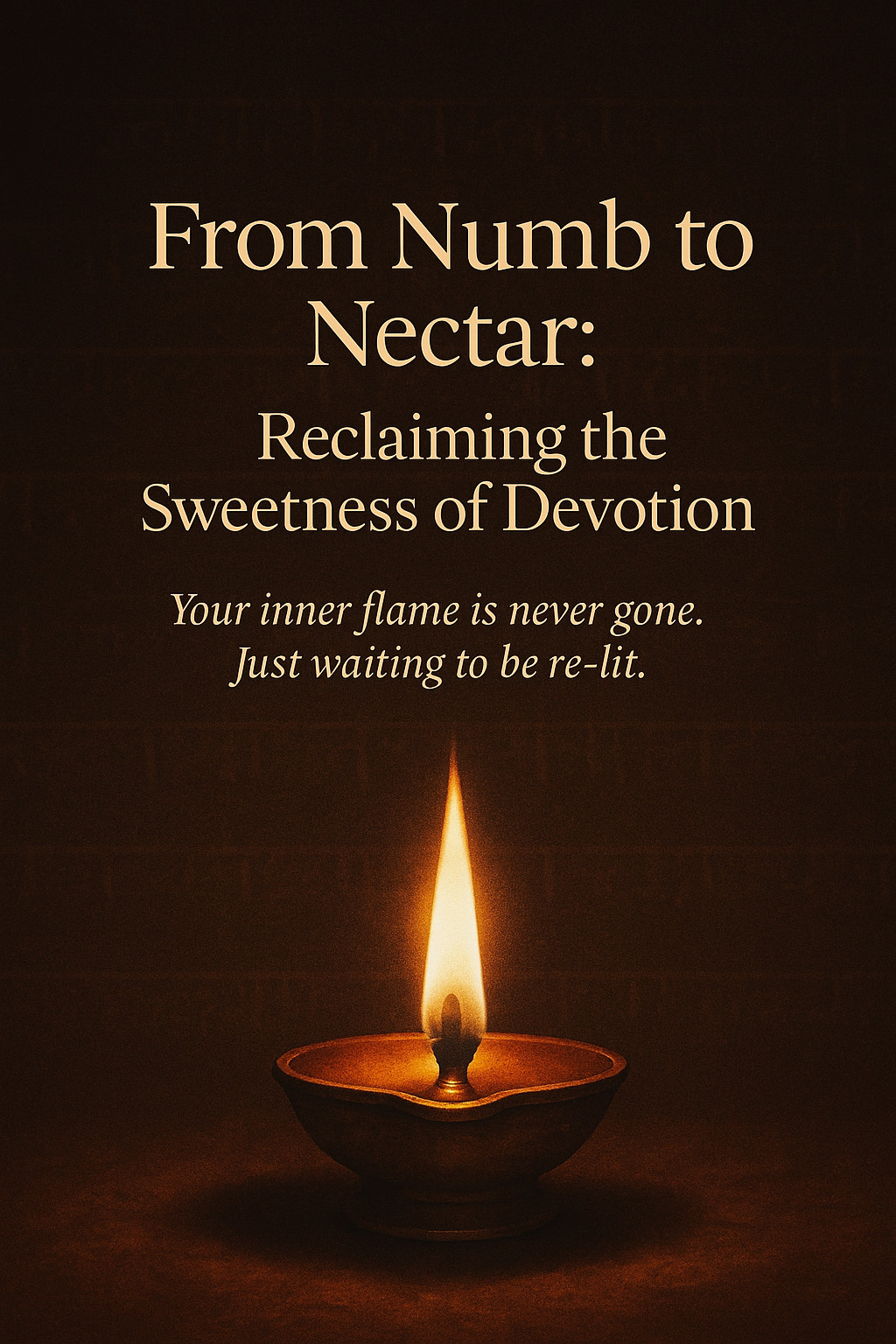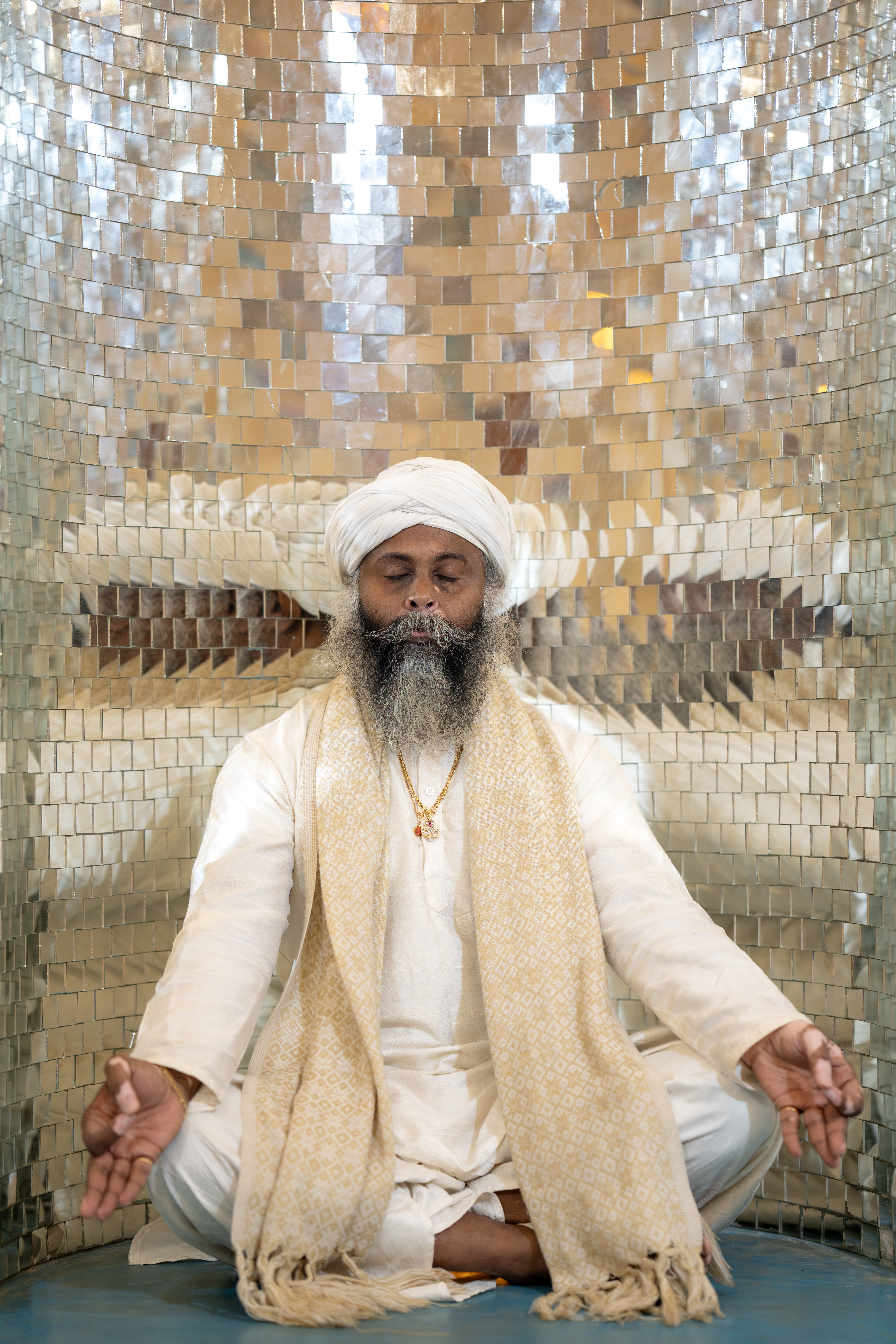Vijaya Dashami: The Triumph of Good Over Evil and the Victory of Inner Truth
Vijaya Dashami, also known as Dussehra, marks the grand conclusion of the nine-day Navaratri festival, symbolizing the ultimate victory of good over evil. It is a day of celebration, reflection, and renewal, reminding us that with faith, courage, and perseverance, light will always triumph over darkness.
This festival is celebrated across India in various forms, from the burning of effigies of Ravana to worshipping the divine feminine, each tradition echoing the message of righteousness, justice, and spiritual truth.

The Story of Vijaya Dashami: The Triumph of Lord Rama
The most well-known legend associated with Vijaya Dashami comes from the Ramayana, the epic tale of Lord Rama’s battle against the demon king Ravana. After a long and arduous journey, Lord Rama, the embodiment of virtue and dharma (righteousness), defeats Ravana, who represents the forces of arrogance, ego, and evil. Ravana’s ten heads are said to represent the ten human vices—lust, anger, delusion, greed, pride, envy, hatred, attachment, ego, and selfishness.
Lord Rama’s victory is not only a physical battle but a triumph of dharma, or right living, over adharma (unrighteousness). It signifies the power of truth, justice, and integrity to overcome the forces of darkness. His victory also symbolizes the inner battle that each of us faces in overcoming our lower nature to realize the divinity within us.
The Significance of Vijaya Dashami
The word "Vijaya" means victory, while "Dashami" means the tenth day, so this day celebrates the victory that follows the completion of the nine days of battle and worship during Navaratri. In a spiritual sense, this victory is not just external but internal—the victory over the ego, negative tendencies, and ignorance.
For devotees, Vijaya Dashami is an opportunity to reflect on personal challenges, struggles, and obstacles that they have faced throughout the year. Just as Rama’s army overcame Ravana, we are encouraged to recognize the internal battles we fight daily, whether they be with our fears, doubts, ego, or attachments. It is a time to celebrate the moments when we have risen above adversity, choosing righteousness over temptation, compassion over anger, and truth over illusion.
The Symbolism of Ravana’s Defeat
The burning of Ravana’s effigy, a central part of Dussehra celebrations, is a dramatic representation of the destruction of negative forces. Each of Ravana’s ten heads represents a vice or weakness that human beings must strive to overcome:
- Kama (Lust)
- Krodha (Anger)
- Moha (Delusion)
- Lobha (Greed)
- Mada (Pride)
- Matsarya (Envy)
- Ahamkara (Ego)
- Matsara (Jealousy)
- Parishrama (Restlessness)
- Swarth (Selfishness)
By burning Ravana, we symbolically destroy these negative aspects of ourselves, and reaffirm our commitment to leading a life of truth, humility, and righteousness.
Celebrations Across India
In different parts of India, Vijaya Dashami is celebrated with unique rituals and traditions, yet the essence remains the same: the victory of good over evil.
- In North India, effigies of Ravana, along with his brothers Kumbhakarna and Meghanada, are burned in large public ceremonies, accompanied by fireworks and drama performances of the Ramlila, reenacting Lord Rama’s victory.
- In West Bengal, the day marks the conclusion of Durga Puja, where elaborate clay idols of Goddess Durga are submerged in rivers, symbolizing her return to the cosmic waters after vanquishing the buffalo demon Mahishasura.
- In South India, families celebrate by arranging Bommai Kolu (doll displays) and worshipping weapons and tools, reflecting gratitude and seeking blessings for success in their endeavors.
- In Mysore, the royal family leads a grand procession of caparisoned elephants and floats, paying homage to Goddess Chamundeshwari, who slew the demon Mahishasura.
- In Maharashtra, the day is marked by exchanging Apta leaves as a symbol of gold, symbolizing wealth, prosperity, and goodwill among friends and family.
The Inner Victory of Vijaya Dashami
While Vijaya Dashami is a time for celebration and rituals, its deeper significance is spiritual. Just as Lord Rama overcame Ravana, we too must conquer the demons within ourselves. This victory is not achieved through external force but through self-awareness, spiritual practice, and devotion.
- Inner Truth and Righteousness: Vijaya Dashami teaches us the importance of adhering to our inner truth and values, no matter how challenging the circumstances. Like Rama, we are reminded to act with integrity and faith, trusting that righteousness will ultimately prevail.
- Facing Adversity: The story of Rama’s journey is a reminder that trials and tribulations are a part of life, but with perseverance and grace, we can overcome even the greatest obstacles. In the face of our challenges, we must remain steadfast, knowing that each struggle brings us closer to our higher purpose.
- Letting Go: Just as Durga returns to the cosmos and Ravana is reduced to ashes, we are encouraged to release the attachments, ego, and fears that no longer serve us. Vijaya Dashami is a time for cleansing and renewal, letting go of old patterns and embracing the path of spiritual growth.
How to Honor Vijaya Dashami in Daily Life
- Reflect on Your Inner Battles: Take time to reflect on the challenges you have faced over the past year. What inner "demons" have you battled, and what victories have you achieved in terms of personal growth? How can you continue to cultivate self-awareness and compassion as you move forward?
- Practice Gratitude: Vijaya Dashami is a time to honor the blessings in your life. Express gratitude for the guidance, strength, and love that have supported you through difficult times.
- Burn Your Own Ravana: Just as Ravana’s effigy is burned, symbolically burn away your own negative tendencies. Write down the qualities or habits you wish to release—whether it be anger, pride, or jealousy—and meditate on letting them go.
- Celebrate Righteousness: Honor the victory of truth and righteousness by performing acts of kindness and service. Whether through charity, helping someone in need, or simply offering a kind word, align your actions with the values that Lord Rama embodied.
Conclusion: The Eternal Message of Vijaya Dashami
Vijaya Dashami is more than a festival of victory; it is a celebration of the triumph of the soul over the ego. It reminds us that no matter how overwhelming life’s challenges may seem, we have the power to rise above them through truth, integrity, and unwavering faith.
As we celebrate Vijaya Dashami, may we not only rejoice in the outward symbols of victory but also recognize the divine power within ourselves. Let this day inspire us to face our inner battles with courage, compassion, and the unwavering belief that good will always prevail. Jai Shri Ram!

